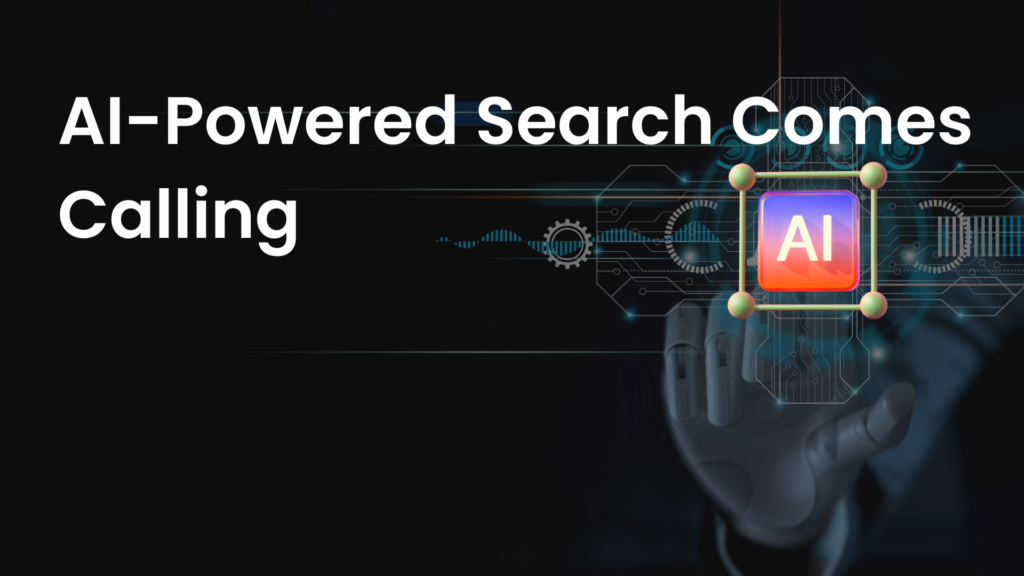CXO
UPDATES
AI-Powered Search Comes Calling
Google and Microsoft are at odds again, this time over turf, which the former has lorded over unchallenged for several years.

Google and Microsoft are gearing up for a clash of the titans. This time, the battleground is one that Google has dominated with its search algorithms for at least two decades. Microsoft, on the other hand, wants to join the party by integrating ChatGPT into its Bing search engine, and Google has responded in kind by announcing its own AI-powered multi search’. Microsoft announced the addition of cutting-edge AI capabilities to its Bing search engine to a media gathering at its Redmond headquarters on Tuesday. Only twenty-four hours later, Google announced a new multi-search feature that allows users to use text and images to find what they’re looking for on the internet.
Of course, if one were to cut through the noise, it would appear that Microsoft has an advantage (no pun intended), as Satya Nadella himself believes that this technology (AI) has the potential to reshape every software company. He confirmed that the “race starts today” and gave attendees a sneak peak into what the company refers to as “your AI-powered copilot for the web”. Because the current search experience (read Google!) throws up results where 40% of the time, people click on the search link and immediately click the back button, indicating that the experience had not worked for them, Nadella said the new Bing would provide direct answers to questions and encourage users to be more creative.
Bing’s new ChatGPT feature will encourage users to engage in a conversation with the search engine. It would allow them to follow up on previous questions and provide additional context for their search. The new Bing is currently only available on desktop, but users can sign up to be notified when it becomes more widely available. In terms of Google’s most recent offering,’multi-search’ allows users to search for both text and images at the same time (a feature they introduced last April). The feature will be available in areas where Google Lens is available. Users could also use the multi search near me feature, which focuses on searches for local businesses.
According to the company, multi-search is powered by AI technology known as multitask unified model, or MUM. This can comprehend data in a variety of formats, including text, images, and videos, and then derive insights and connections between topics, concepts, and ideas. This was made possible by Google Lens and its visual search features. “With the introduction of Lens, we redefined what it means to search. We’ve since brought Lens directly to the search bar, and we’re continuing to add new features like shopping and step-by-step homework assistance,” Prabhakar Raghavan, Google’s SVP in charge of Search, Assistant, Geo, Ads, Commerce, and Payments products, said at a press event in Paris.
Over the next few months, the feature will be available in all languages and countries where Lens is available. In the coming months, Google plans to expand beyond mobile devices by adding support for multi-search on the web.